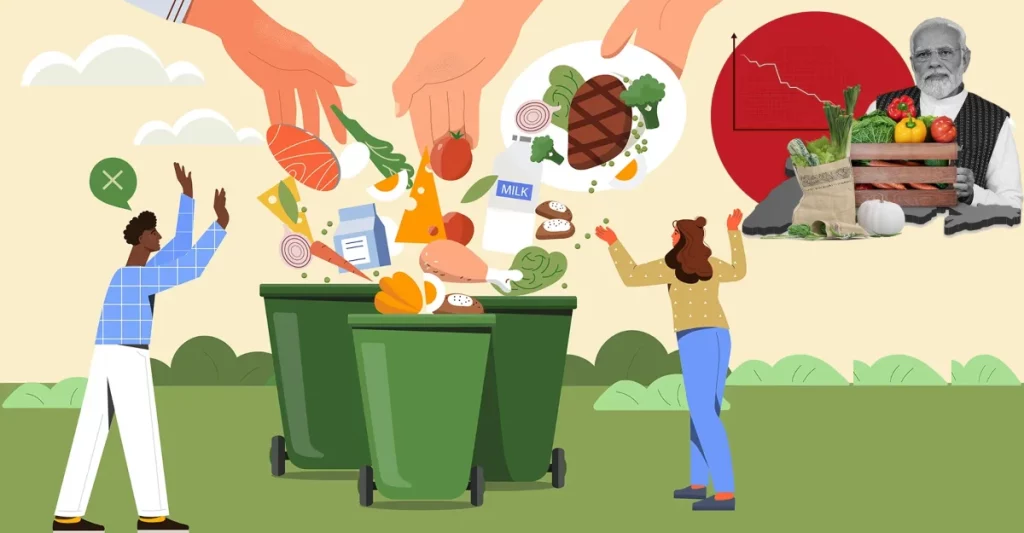Post harvest losses in India pose a humongous threat to our bustling agricultural landscape. Therefore, tackling post-harvest losses is crucial for sustaining the livelihoods of our farmers. In this write-up, you will go through a journey that unveils five innovative strategies that not only address the challenge but also spark creativity in agricultural practices.
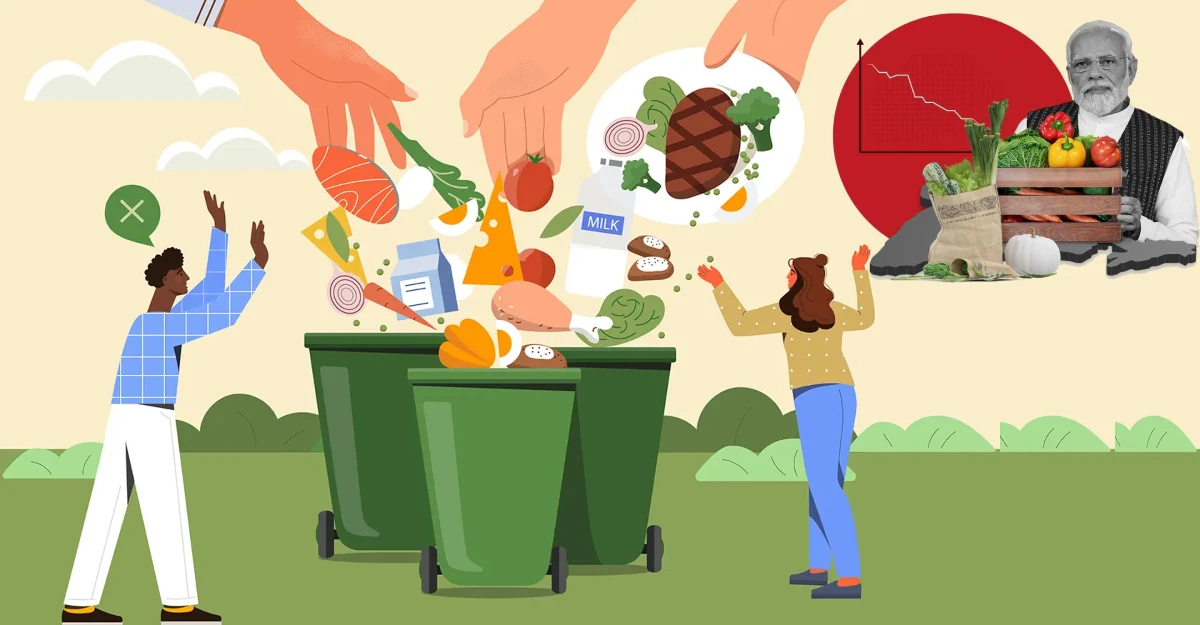
From embracing technology to fostering community collaboration, these solutions promise to revolutionize the way India preserves its harvest.
Stay tuned!
(A) Story So Far: Massive Post Harvest Losses in India
In India, a leading global producer of jute, pulses, and milk, the journey from harvest to consumers’ tables is damaged by the prevalent issue of post-harvest losses. Despite being the world’s largest producer of several key crops, including wheat, sugarcane, and rice, the country grapples with substantial losses in farm produce.
According to a comprehensive 2022 study supported by the Indian government, the toll is evident — between harvesting and consumption, India witnesses a staggering 5-13% loss in fruits and vegetables and a 3-7% loss in crops like oilseeds and spices.
Even with a commendable 23% surge in grain production from FY15 to FY23, the reduction in post-harvest losses during this period remains marginal, barely touching 1%. This stagnation is a pressing concern, particularly for the majority of India’s farmers, who are small and marginal landholders. The cumulative impact of post-harvest losses in India is immense, not just in terms of quantity but also in the socioeconomic challenges it poses.
Small and marginal farmers, constituting a large percentage of the Indian agricultural landscape, bear the brunt of these losses, making the situation economically challenging. To put this in perspective, the loss percentage becomes not just a statistical figure but an astronomical setback for those dependent on agriculture for their livelihoods.
Mitigating post-harvest losses in India emerges as a critical imperative for the food security and the well-being of its farming community. The need for innovative strategies to address this challenge becomes apparent, urging a comprehensive and concerted effort to revolutionize post-harvest practices in the country.
Only through such transformative measures can India safeguard its agricultural abundance and fortify the foundations of its farming community against the far-reaching consequences of post-harvest losses.
(B) What do you mean by post harvest losses in India?
Post-harvest losses refer to the quantitative and qualitative losses in agricultural produce that occur between the point of harvest and the ultimate consumption by end-users. These losses can happen during various stages, from harvesting and handling to storage, processing, and transportation.
Sounds complicated? Let me explain in simple terms!
Post-harvest loss refers to the decrease in quantity or quality of agricultural products that occurs between the time of harvest and the point of consumption. This phenomenon involves various stages in the supply chain, including harvesting, handling, transportation, storage, and processing. Factors contributing to post-harvest losses include physical damage, spoilage, inefficient processing methods, and inadequate storage conditions.
Let’s understand the concept of post harvest losses in India with the help of an example of Tomato harvesting.
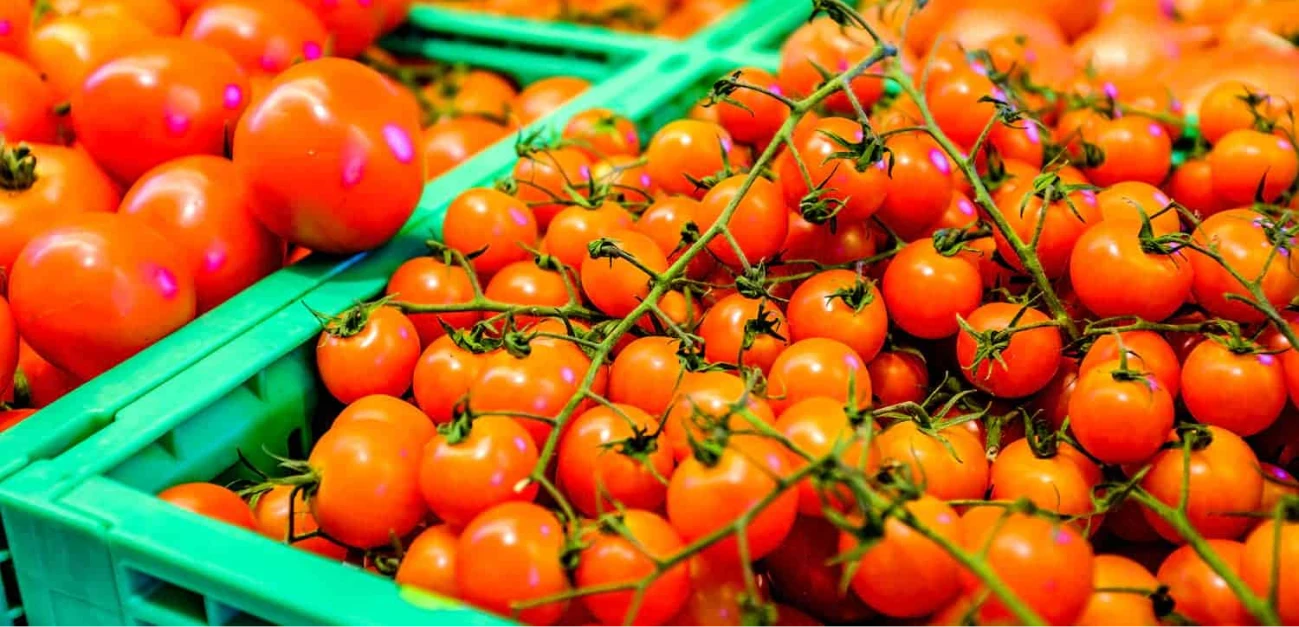
Here, we will consider the journey of tomatoes from the field to the consumer’s table-
| Stage of Tomatoes | Issue | Condition |
| Harvesting Stage | Improper harvesting techniques can lead to physical damage such as bruising or crushing. | If tomatoes are roughly handled during picking, they can easily get bruised, reducing their market value. |
| Handling & Transportation | Inadequate packaging or rough handling during transportation can result in further damage. | If tomatoes are not properly packed or stacked in a truck without protection, they may undergo additional bruising, making them susceptible to spoilage. |
| Storage | Lack of proper storage facilities can lead to spoilage due to factors like temperature and humidity. | Tomatoes stored in a facility without proper temperature control may ripen too quickly or develop mold, rendering them unsuitable for consumption. |
| Processing Stage | Inefficient processing methods can contribute to losses in quantity and quality. | If the processing unit lacks modern technology for sorting and processing tomatoes, some may be discarded or processed into lower-quality products. |
| Market & Consumer Stage | Shelf life and quality can be compromised if not handled well at the retail and consumer levels. | If tomatoes are not stored correctly in a grocery store, they may over ripen quickly, leading to waste. |
By addressing each stage’s challenges, such as improving harvesting techniques, implementing proper storage and transportation methods, and adopting efficient processing technologies, the post-harvest losses of tomatoes can be minimized.
(C) Types of Post Harvest Losses in India
Go through the brief outline of the types of post harvest losses in India-
| Post-Harvest Loss | Types | Details |
| Physical Losses | Shrinkage | Reduction in weight or volume of produce due to moisture loss or wilting. |
| Mechanical Damage | Bruising, crushing, or any physical injury during harvesting, handling, or transportation. | |
| Spoilage | Deterioration caused by fungi, bacteria, or pests. | |
| Quality Losses | Changes in color, texture, and flavor | Alterations in sensory attributes due to improper handling or storage conditions. |
| Nutrient Loss | Degradation of nutritional content during storage or processing. | |
| Economic Losses | Market Value | Decrease in the market value of the produce due to physical or quality losses. |
| Wastage of Resources | Loss of resources invested in cultivation, such as labor, seeds, and fertilizers. | |
| Operational Losses | Processing Loss | Losses incurred during the transformation of raw produce into processed goods. |
| Logistical Loss | Damages during transportation and storage. | |
| Technological Losses | Lack of Modern Storage Facilities | Inadequate storage facilities leading to spoilage. |
| Inefficient Processing Techniques | Use of outdated or inefficient processing methods. | |
| Environmental Losses | Climate related Losses | Adverse weather conditions like excessive humidity, temperature variations, or unexpected events affecting the quality and shelf life. |
Mitigating post-harvest losses involves implementing strategies at each stage of the supply chain, including improved harvesting techniques, modern storage facilities, efficient transportation, and better processing methods.
We will look into details in the upcoming sections. This not only benefits farmers by preserving their yield and economic value but also contributes to overall food security and sustainability.
(D) Factors Contributing to Post Harvest Losses in India
The following table describes the factors that leads to post harvest losses in India-
| Factors | Details |
| Seasonality and Pre-Harvest Practices | The production of fruits and vegetables in India is often seasonal, causing price fluctuations detrimental to farmers. During harvest, oversupply lowers prices, while off-season scarcity leads to increased prices. Improper pre-harvest practices, such as using lower-quality planting material and excessive pesticides, significantly impact the quality and safety of produce. |
| Process Inadequacies | Poverty within the farming community hinders the adoption of improved technologies. The prevalent use of poly-sacks for transporting fruits and vegetables results in substantial losses, with an estimated 20% occurring during handling and transportation. Despite proven benefits, the adoption of cost-effective alternatives, like plastic crates, remains low. |
| Marketing and Awareness Gaps | Lack of efficient channels linking producers with urban supermarkets and exporters exacerbates post-harvest losses. The existing pricing system fails to differentiate based on quality, discouraging farmers from providing high-quality produce to the market. |
| Manpower and Extension Service Challenges | Inadequate training and deficiencies in agricultural extension services hinder the improvement of marketing channels. Strengthening extension mechanisms, possibly leveraging communication apps, is essential to disseminate relevant data effectively within the marketing chain. |
| Testing, Certification, and Market Intelligence | Stringent international standards necessitate testing and certification for exported commodities. However, these services are often outsourced to expensive foreign sources due to their limited availability. This reliance on foreign services, especially for analyzing pesticide residues, poses financial barriers for local traders and exporters. |
| Lack of Market Information Sharing | Farmers lack up-to-date market information, relying on traders or collectors for inaccurate and outdated price information. The absence of a user-friendly market information sharing system further exacerbates this issue, creating a disconnect between farmers and market dynamics. Addressing these challenges is crucial for minimizing post-harvest losses and enhancing the efficiency of India’s agricultural sector. |
(E) 5 Creative Strategies to Reduce Post-Harvest Losses in India
In this section, we will discuss some of the most creative as well as effective strategies to reduce post-harvest losses in India.
(E.1) Good Quality Storage Facilities
India’s tropical climate poses a significant threat to the quality of perishable crops. Adequate storage facilities play a crucial role in mitigating post-harvest losses caused by climatic factors.
Presently, India’s storage facilities cater to only 10% of agricultural products, highlighting the need for substantial improvement. The existing infrastructure falls short in providing climate-controlled and cold storage facilities essential for preserving the quality of harvested crops.
Let’s look at the optimum temperature, humidity, and shelf life of various fruits and vegetables-
| Crop | Temperature (°C) | Relative humidity (%) | Storage life (days) |
| Potato (early) | 7-13 | 90-95 | 10-14 |
| Cucumber | 5-10 | 95 | 28 |
| Banana Plantain | 13-15 | 85-90 | 14-56 |
| Beet | 0 | 98-100 | 120-180 |
| Brinjal (Eggplant) | 8-12 | 90-95 | 7 |
| Ginger | 13 | 65 | 180 |
| Radish | 0 | 95 | 21 |
| Spinach | 0 | 95-100 | 10-14 |
| Bell Pepper | 7-13 | 90-95 | 12-21 |
| Guava | 5-10 | 90 | 14-21 |
| Lemon | 10-13 | 85-90 | 30-180 |
| Mango | 13 | 90-95 | 14-21 |
| Okra | 7-10 | 90-95 | 7-10 |
| Onions (dry) | 20-15 | 65-70 | 30-240 |
To combat spoilage, pests, and diseases, proper storage spaces with temperature control and ventilation are highly important. Investing in climate-controlled storage becomes crucial, especially given the susceptibility of perishable crops to India’s weather conditions.
(E.1.1) Role of Cold Storages
Cold storages play a pivotal role in post-harvest practices, controlling transpiration, respiration, and microorganism growth. They ensure fruits and vegetables are preserved in their most usable form, reducing losses and maintaining quality for consumers.
(E.1.2) Factors influencing successful storage
- Temperature Control: Maintaining the correct temperature is paramount for storing fruits and vegetables. Deviations from the optimum can reduce storage life or lead to chilling injuries.
- Relative Humidity: A relative humidity level between 90–95% is ideal for preserving freshness. Inadequate humidity can result in moisture loss, while excessive humidity requires precautions against microorganism growth.
- Atmospheric Composition: The composition of the storage atmosphere influences the shelf life of produce. Appropriate atmospheric conditions are essential to prevent undesirable processes like sprouting, rotting, and toughening.
- Air Movement & Light: Proper air circulation and light conditions contribute to successful storage. Maintaining these factors aids in preventing issues such as uneven ripening or mold growth.
Thus, investing in adequate storage facilities is a strategic move to enhance the efficiency of India’s agricultural sector. By addressing the specific needs of perishable crops through climate-controlled storage, the nation can significantly reduce post-harvest losses, ensuring a more sustainable and resilient agricultural supply chain.
(E.2) Using Proper Harvesting Methods
First of all, you must understand the significance of crop maturity. The maturity of crops plays a pivotal role in determining the post-harvest quality and shelf life of agricultural produce. Harvesting at the right stage is crucial to ensure that the crops have completed their natural growth and are ready for optimal harvesting.
(E.2.1) Identifying Maturity Indices
Maturity levels are identified using indices such as chronological age, size, shape, firmness, color, pH, total soluble solids (TSS), and fiber content. These indicators guide farmers in recognizing the stage at which the produce is ripe and ready for harvesting.
(E.2.2) Commercial Maturation Considerations
The definition of maturity varies based on utilization purposes. For instance, tomatoes may be considered mature for the fresh market when “mature green” in the USA but must be at least pink for harvest in Israel. The canning industry, however, requires tomatoes to be dark red. Maturity definitions also depend on the part of the plant consumed.
(E.2.3) Challenges in defining maturity
Developing specific maturity indices for each commodity is essential due to differences between fresh produce. While some fruits reach their best eating quality when ripened on the plant, others are usually picked mature but unripened for long-distance shipping. Maturity indices balance consumer eating quality with post-harvest handling flexibility.
(E.2.4) Impact of Improper Harvesting
Immature or improperly ripened fruits are prone to issues like shriveling and inferior flavor quality, while over-ripened fruits become softer and more susceptible to mechanical damage. Correct harvesting based on maturity is critical for post-harvest processes and transportation requirements.
(E.2.5) Ripening Behavior Groups
Fruits can be categorized based on their ripening behavior upon harvesting. Some, like cherry and citrus fruits, do not continue proper ripening off the plant. Others, including apples and bananas, can continue ripening off the plant. Understanding these groups is vital for ensuring good flavor quality and effective post-harvest handling.
Thus, adopting appropriate harvesting methods at the right stage is essential for preserving the quality and extending the shelf life of agricultural produce, contributing to reduced post-harvest losses.
(E.3) Optimizing Handling & Transportation for Reduced Losses
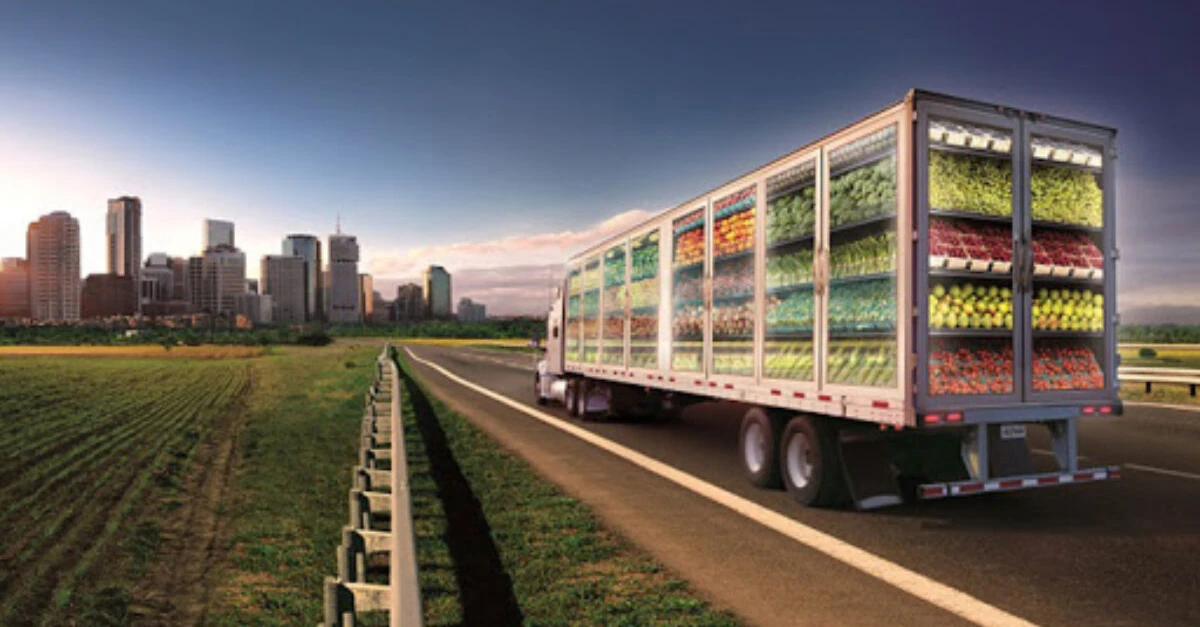
Handling and transportation play a pivotal role in mitigating post-harvest losses, as a substantial majority of losses occur during the transportation stage. Damage resulting from rough handling during transit can significantly impact the quality of agricultural produce.
(E.3.1) Importance of Proper Packing
Once crops reach maturity, careful packing becomes crucial for protection, ventilation, and labeling. This step, combined with selecting suitable vehicles and tools, significantly contributes to preserving the quality of the produce during transportation.
(E.3.2) Challenges in Handling Practices
Careless and non-scientific harvesting and handling practices contribute significantly to postharvest losses in the fruits and vegetables industry. Harvesting at the right maturity level, considering both post-harvest processing and transportation requirements, is imperative for minimizing losses.
(E.3.3) Impact of Transportation Conditions
In many developing countries, production sites are distant from marketing centers, leading to additional transit time and exposure to various risks. Conventional transportation practices, involving packing in gunny bags and transporting in ordinary lorries, encourage overloading and lack proper ventilation, contributing to increased losses.
(E.3.4) Supermarket Chains Innovative Practices
Established supermarket chains have addressed this challenge by implementing innovative practices. They use refrigerated trucks and plastic crates for packing, significantly reducing wastage. Although these practices involve additional costs, the improved overall prices resulting from enhanced quality compensate for the investment.
(E.3.5) Education on Consequences of Losses
While small-scale local producers may find it challenging to adopt advanced transportation systems, educating them about the economic consequences of losses could have a positive impact. Awareness about the long-term benefits of improved handling and transportation practices may encourage gradual adoption within the industry.
In short, prioritizing effective handling and transportation strategies is instrumental in reducing post-harvest losses, ensuring that agricultural produce reaches consumers with optimal quality and freshness.
(E.4) Enhancing Quality Control through Sorting & Grading
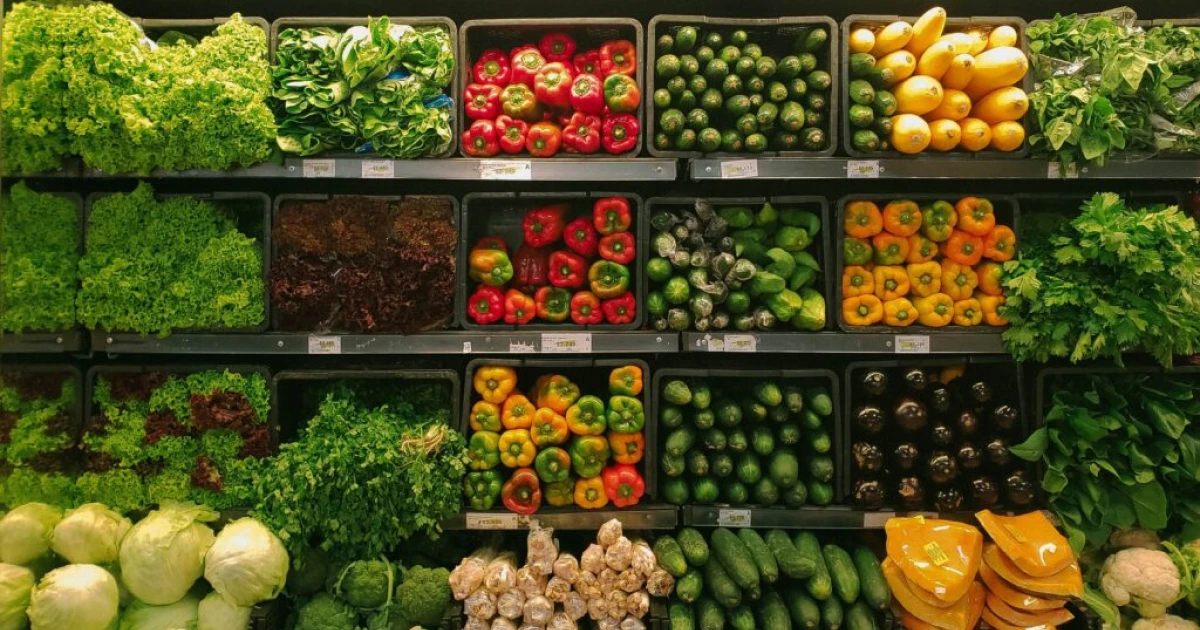
Sorting and grading during the packaging and marketing stage are integral for maintaining the quality of agricultural produce, whether it’s fruits or vegetables. These processes play a vital role in identifying damaged or low-quality produce, ensuring a reduction in post-harvest losses.
(E.4.1) Sorting
Sorting involves the removal of damaged fruits affected by rot or diseases from healthy ones. This crucial step limits the spread of infectious microorganisms and contributes to maintaining the overall quality during storage.
(E.4.2) Grading
Grading categorizes produce based on parameters like color, size, maturity stage, or ripening degree. This process is essential for efficient handling and marketing. Grading helps eliminate overripe fruits, preventing them from hastening the ripening process in the entire batch.
(E.4.3) Challenges in Sorting & Grading
Effective sorting and grading face challenges, particularly due to insufficient storage facilities downstream in the supply chain. The lack of knowledge on temperature requirements, cold chain practices, and ethylene sensitivities further complicates the situation, contributing to higher post-harvest losses.
(E.4.4) Impact of National Standards and Enforcement
The absence of national standards, coupled with poor enforcement, exacerbates post-harvest losses. Insufficient skills, awareness, and financial resources for grading products further contribute to the challenges in maintaining quality control.
(E.4.5) Technological Innovations in Grading
Technological advancements play a crucial role in grading processes. Computerized weight graders use tipping buckets to release pre-weighted items at specific positions. Video image capture and analysis are employed for size grading, color grading, and external defect grading, ensuring a more accurate and efficient grading system.
In a nutshell, implementing effective sorting and grading practices is vital for quality control, reducing post-harvest losses, and ensuring that consumers receive high-quality agricultural produce. Overcoming challenges through technological innovations and adherence to national standards will contribute to a more resilient and efficient supply chain.
(E.5) Upgradation of Grain Drying Equipment and Removal of Field Heat
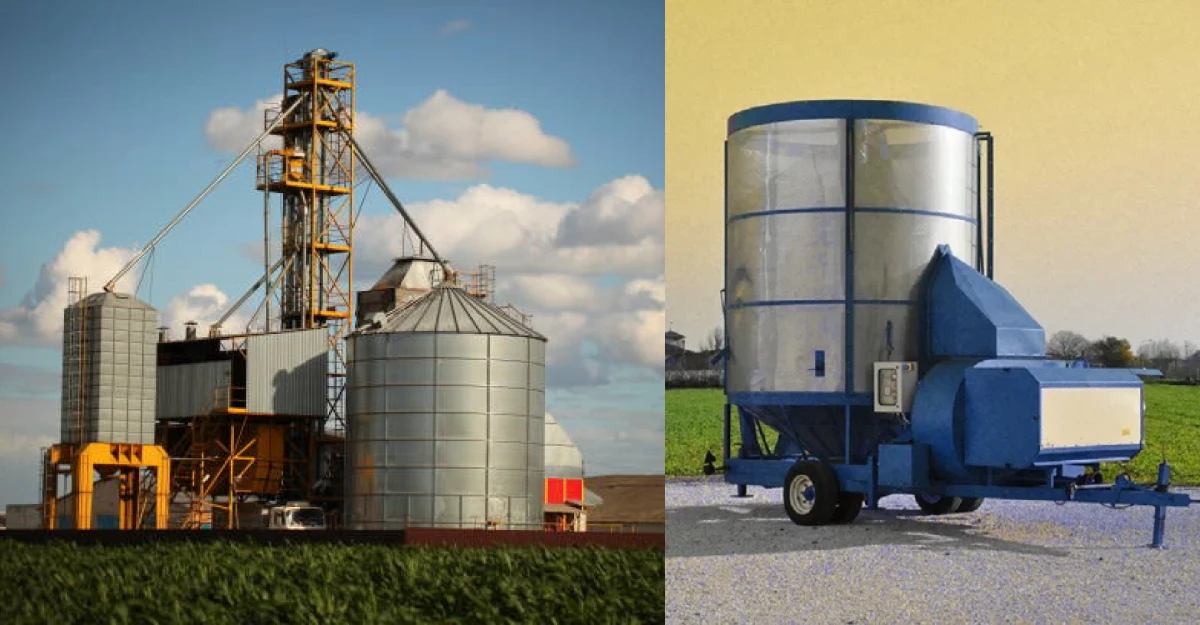
Let’s look at them one by one-
(E.5.1) Optimizing Grain Drying Equipment for Quality Preservation
Inadequate storage practices, particularly improper grain drying, contribute significantly to losses in both quantity and quality within grain value chains. Issues such as mold damage and contamination by aflatoxins are major contributors to these losses. Upgrading grain drying equipment is crucial to mitigating these issues and improving overall grain quality.
Comprehensive Assistance for Farmers
Providing assistance to farmers and farmer organizations involves a range of options. This includes the provision of basic materials like tarpaulins and covers, along with more advanced grain drying equipment and shelters that protect against rainfall. Enabling farmers to access improved drying solutions is essential for reducing food losses and enhancing grain quality.
(E.5.2) Importance of Rapid Cooling in Preserving Fresh Produce
Recent research highlights the importance of rapid cooling in extending the postharvest life of fresh produce. Lowering internal commodity temperature immediately after harvesting is crucial for preserving quality. Fast cooling systems, particularly hydro-cooling utilizing cool water, have demonstrated significantly shorter cooling times compared to other methods.
Effect of Delayed Pre-Cooling
For most fresh horticultural commodities, a one-hour delay in pre-cooling at 30°C can reduce quality by as much as 20 hours in proper storage conditions. Delayed pre-cooling leads to moisture loss, weight loss, and deterioration of quality due to active microorganisms, resulting in value loss.
Factors influencing Pre-cooling Requirements
The design of multi-commodity cold store facilities and pre-cooling methods depends on various factors such as the nature of produce, storage duration (short or long-term), handling practices, stacking methods, packaging, and frequency of entry and exits to cold storage. The choice of pre-cooling method (room cool, hydro cool, forced air cooling, etc.) varies across different produce.
On-Farm Pre-Cooling for Perishable Produce
Perishable fruits and vegetables, such as grapes, mandarins, berries, cherries, leeches, melons, stone fruits, sapotas, okra, tomatoes, capsicum, chilli peppers, brinjal, cucumbers, green beans, peas, and spinach, require on-farm pre-cooling if transport time to cold storage exceeds a few hours.
Less perishable produce like mangoes, papaya, guava, green bananas, pomegranates, radish, cabbage, cauliflower, and carrots can be transported from the field and pre-cooled at the cold storage facility.
Efficiency of Forced Air Cooling
Forced air cooling within 4-6 hours is adaptable to a wider range of commodities than other pre-cooling methods. It serves as a widely adopted and recommended general technical standard for pre-cooling systems.
Overall, optimizing grain drying equipment and implementing rapid cooling methods are critical steps to reduce post-harvest losses and enhance the quality of agricultural produce. Comprehensive assistance to farmers, considering the specific needs of each crop, is essential for building resilient and efficient supply chains.
(F) Summing Up the Creative Strategies to Reduce Post Harvest Losses in India
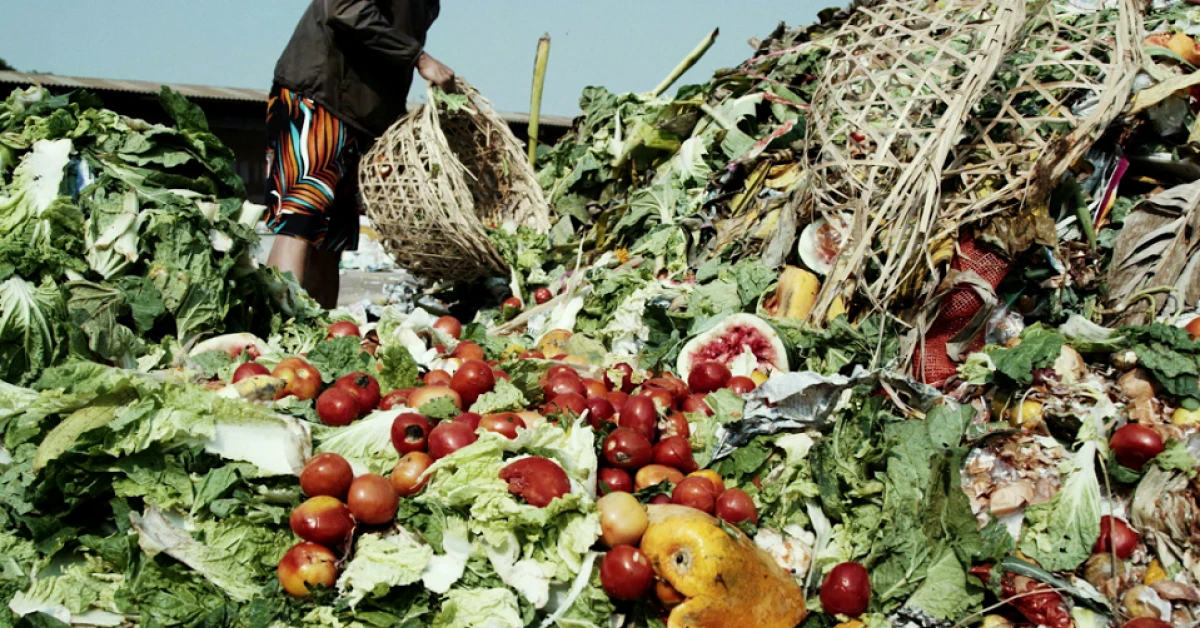
In conclusion, implementing innovative strategies is highly crucial to combat post-harvest losses in India’s agricultural landscape. Emphasizing community-led cold storage initiatives, integrating technology in supply chain management, educating farmers on modern practices, fostering market linkages through digital platforms, and incentivizing sustainable packaging are crucial steps.
With India being a top global producer facing significant losses, a 2022 study highlighted 5-13% losses in fruits and vegetables. Despite a 23% increase in grain production from FY15 to FY23, post-harvest losses reduced by less than 1%. Adopting these creative approaches is pivotal for ensuring food security, empowering farmers, and building a resilient agricultural ecosystem.

